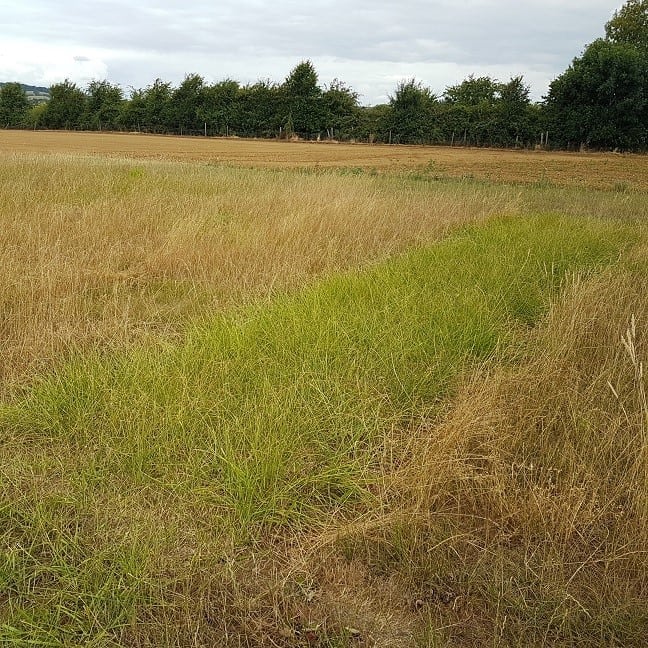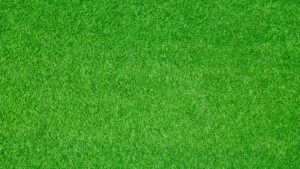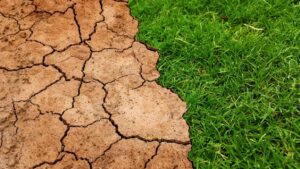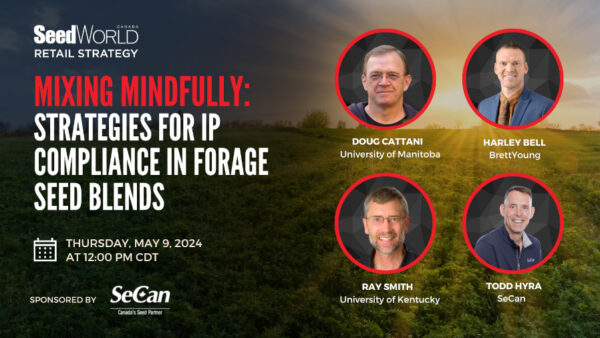Prolonged hot and dry weather has this season put pressure on forage stocks in many European countries. It is difficult to prepare for such extremes, but according to climate experts, we better prepare for it, as all weather predictions concurrently point in that direction. One way is to choose forage solutions, which can withstand drought in certain periods and flooding in others.
Festuloliums, a group of multipurpose forage grasses with remarkable features may constitute such solutions.
These types of grasses combine all the best genetic material from Tall fescue, Meadow fescue, Italian and Perennial ryegrasses in different proportions. By combining the best attributes of parental species, we have today two types of festuloliums:
- Tall fescue PLUS, which combines the drought resistance of tall fescue with ryegrass forage quality, and
- Ryegrass PLUS adding stress tolerance of fescues to yield and forage quality
During drought, Tall fescue PLUS will prove its worth by remaining green and healthy. Its superior drought tolerance originates from its Tall fescue parent and is connected to extensive root growth. Festuloliums can easily replace ryegrasses or tall fescues in forage pastures and several varieties are already commercialised and available in the market.
Fojtan and Hipast are two Tall fescue PLUS varieties with high feeding value from ryegrass and high persistency from tall fescue. Despite their harder festulolium-type leaves, fibre digestibility remains high and its structure will ensure a strong and healthy rumination.
Tall fescue PLUS varieties constitute an increasing part of today’s forage mixtures, and both on optimal and marginal soils they will reveal their potential. They also combine well with alfalfa, red clover and other legumes. Many farmers are already exploring the benefits of these grasses in Europe, the US and Africa.
The other group of festuloliums, Ryegrass PLUS, are characterized by fast establishment, high forage quality, better persistency and winter hardiness. Examples of Ryegrass PLUS varieties are Achilles, Perun, Hostyn, Peresues, Lofa, Bečva and Helus. These varieties are ideal in pure stands and in mixtures with red clover. Together with legumes, Ryegrass PLUS will not only ensure a very high dry matter yield but also high protein content and forage quality. Together, they will also offer great drought tolerance.
During the past two years DLF has significantly increased its research activities in festuloliums. We are investigating the possibilities in predicting the success rate in making festuloliums by genomic selection. Through our access to the Danish root screening facility, RadiMax, we will also try to decipher the genetics behind superior root growth and drought tolerance observed in tall fescue and festulolium. Such investigations are designed to pave the way for the third generation of festuloliums, in which full chromosomes from ryegrass particularly important for quality are combined with fescue chromosomes equally important for root growth. The perspectives are tremendous, and we are already far into this process.









